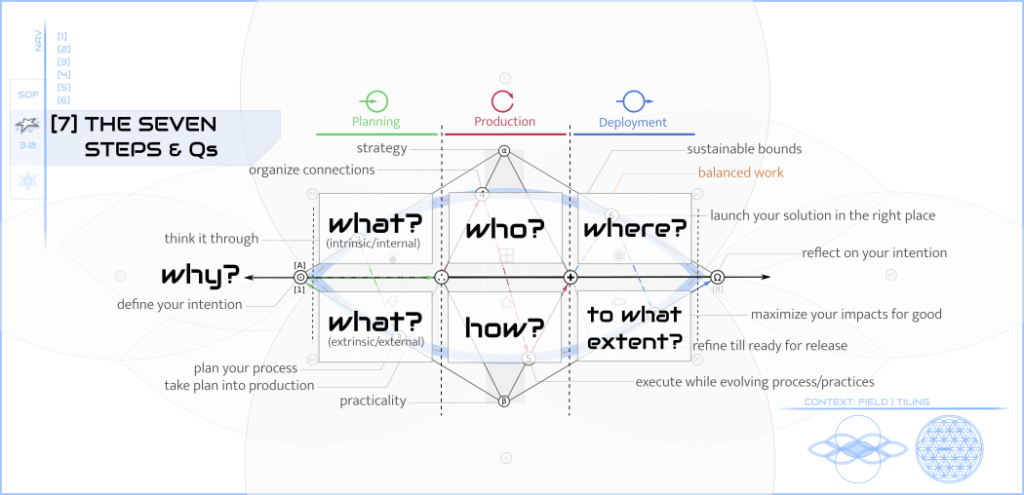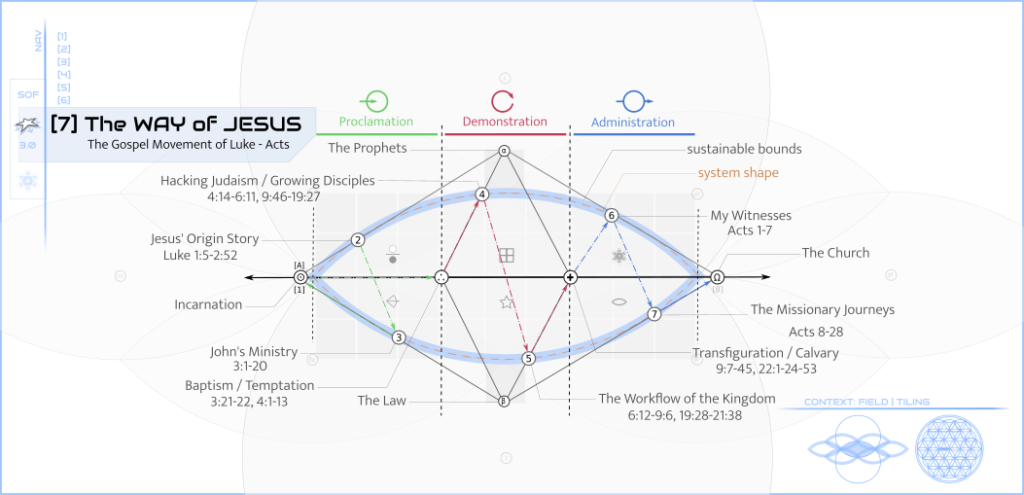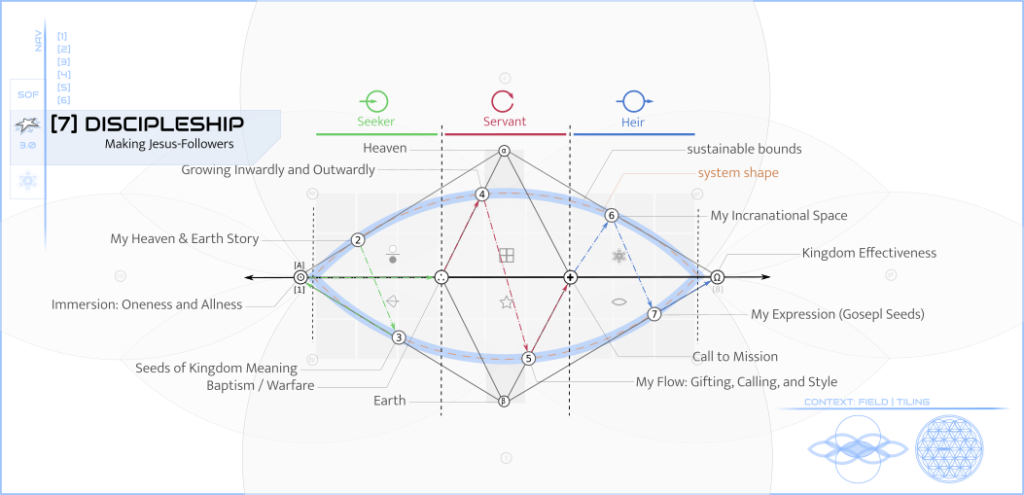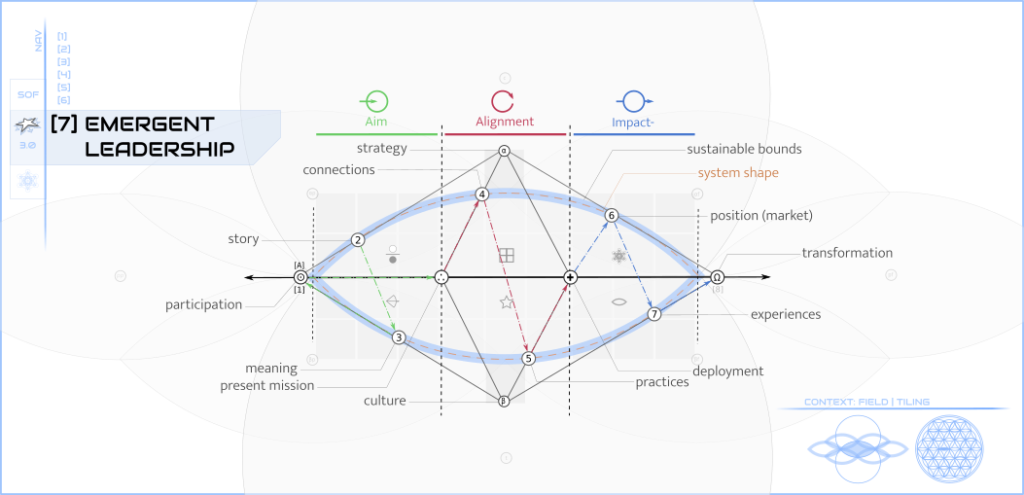Disciplemaking Dimension of Multiplication Course: Module 3 Notes
Lately I’ve been taking online courses as part of Exponential’s Multipliers Learning Communities which I’m completing as part of my work with Lancaster Mennonite Conference’s NYC District. You can see the first post in the series here which explains more about the process and framework of this experience. I’m on to the second course required before our field trip to Cross and Crown Church in Seattle in a few days: Disciplemaking Dimension of Multiplication: Module 3 “Discipleship Pathway”.
I’ll be honest. I have a real pet-peeve with people arguing with Jesus and his methods, even in the name of “contextualization”. Sometimes “contextualization” is an excuse for lack of openness and faith. It never fails when someone teaches the story of the Rich Young Ruler that our materialistic idols rise up in us and argue how we, the rich, cannot sell all we have. “It’s not practical and will end in poverty and will burden society and the church?” “Didn’t God give us these blessing and want us to be blessed and enjoy life?” Instead, we say Jesus’ teaching must be “contextualized” for today. Surely our situation exempts us from such drastic measures. But can we really say our wealth is less of an idol in modern times and gets less in the way of following Jesus? Is God’s hand to support those following Jesus more tied today so they will become a burden on society when his disciples did not? Is the prophetic disruption of people doing such radical acts less needed by our society today then it was 2,000 years ago?
I guess, I have this to say: “I’d like to see someone try it.”1 They may just find taking Jesus at his word has such transformative power that it justifies itself.
So, when I began the video for Module 3, and it began with a disclaimer of Jesus’ radical call to leave everything and follow — in the name of “contextualization” …. I almost quit this course right here! I’m extremely uncomfortable with Jeff Vanderstelt’s2 statement:
We have to recognize that Jesus, in his disciplemaking work, had a different situation than we do. He could call twelve disciples … but we have to ask ourselves, ‘what can we learn from Jesus, but also what was unique to Jesus’ context.’ See, Jesus could call these people and — especially the Twelve — left their jobs, left their families, left everything — and for over three years Jesus poured into them to make them into disciple-making disciples. We in our context don’t necessarily have the same opportunity, as we’re working with people who have full-time jobs and families and so many activities that they are involved in.
First, this course started and centered on church, not Jesus. Now, it tells Him he doesn’t understand our times and the unique situation we are in and the cost to our families and churches if we follow him and how powerless he is to provide for us if we get truly radical. Really? Baloney!! (took me a while to find a safe-for-work word here)
What kind of opportunity does this guy imagine existed in the first century that we don’t have today? Were the consequences of leaving one’s profession in the pre-modern, impoverished, semi-arid Middle Eastern, heavily-taxed Roman-occupied failed state of Israel somehow less severe then they would be for plush and protected Americans today? Come on! Jesus context was the equivalent modern Afghanistan — that was the level of risk involved in calling disciples to leave everything and everyone who depends on them. How can we possibly say this is impossible for us when we regularly send young people away from their families and jobs for 4-6 years to learn how to become industrialized cogs, and somehow find a way to pay for it and make it happen? But it must be impossible for people to find 3 years to drop everything and follow Jesus to learn how to really live?3 And if you dare say, “Well, its ok for young people before they have responsibilities”, I will hit you over the head with how many middle-aged people with families now drop everything to go to grad school, fight a war, live the van life, or join a mission work.
The honest truth is the legitimate Gospel Movement, or revival, or whatever you want to call it, will not come at no cost to us. Don’t be a fool! What did the people of the Radical Reformation pay to spread revival? Their homes, their families, their comfort and their lives! What did the monks pay to spread the Gospel to the pagan British Isles? The same thing! It will cost you and me and our churches everything! And we had better be willing to pay it or we will be left holding our idols while others enjoy the treasures of heaven! I will not lie to a single person I disciple and tell them God will never touch their sacred cows of security and job and interests and family comfort. Don’t believe me? Hear him say it! And say it again! He demands our willingness to put those cows on the altar! But we should not fear to pay this cost because: First, consider the cost he paid for us! Second, He owns the cattle on a thousand hills and can replace any sacred cow we butcher with better stock.
[END RANT: Now I will go find a quiet place to calm down.]
Vanderstelt made the distinction between prescriptive and descriptive and made the good point that scripture contains both. In fact, I would point out that scripture contains four types of information: narrative, prescriptive, descriptive, and mysterious. Or as is commonly laid out in reference to Bible interpretation: literal-historical, moral/ethical, allegorical, and anagogical meanings in the text:4 Vanderstelt is right to see two as essential to thinking about mission: moral/ethical and allegorical.

It may be misreading his statements, but it seems he prefers the book of Acts over the Gospels as his source for what a discipleship path looks like. If that is the case, I would question if that is reasonable. The Gospels are, naturally a description of a discipleship pathway (see MacArthur’s Twelve Ordinary Men). The book of Acts, while it contains references to discipleship, is a chronicle of the spread of the Gospel and church by the Spirit, so less naturally a discipleship pathway and more a “movement pathway”. The only reason I could see for preferring it for discipleship is that its references to church life can be more readily recognized and seem less frightening and more practical to church folk and staff than Jesus’ wanderings.
The remainder of the video was a description of the programmatic training Doxa church in Seattle has designed to support a discipleship pathway. Given what has been said about programming and its relationship to “The Maw” and the “Level 3 Magnet” elsewhere in this course and in my reactions to it, I would ask the watcher to try to imagine what a non-programmatic pathway would look like: one that stems out of the identity and way of being of disciples themselves and can operate anywhere in or out of programs. (More on this later…)
In the “Read” portion of the Module, helpful questions are laid out to help the reader think through their own discipleship pathway. I would point out two process-related errors made in this section. The recommended order that the questions are asked is What – How – Who – When. The complete question set and correct order for development and design work is Why – What (In) – What (Out) – Who – How – Where/When – To What Extent:

In cases where the Why is not immediately apparent, like in cases where people are new to a system, it is acceptable to modify the order to What (In), What (Out), Why… but a system cannot proceed to doing — to Who and How — with no Why answered or it will assume its purpose from meta-narrative instead of real purpose and story.
The wrong order of How – Who is important as it relates to being relational and organic over being programmatic. When you develop a program, people will sit down and ask, “What are we doing? How will will do this? Who will lead us?” The authority must answer these questions in that order — what we call “presenting the plan” — in order to justify his position and the resources it consumes. So, when we design things for other people to live out, we ask the questions in this order.
However, if we take a more evolutionary approach, the order is Who – How. People start to see What God is doing and Why he is doing it. This compels them to connect to others Who are seeing the same thing. Together, this community — joined by authentic and immanent revelation — asks the Lord ‘How should be walk out what you’re showing us?’ As the Spirit does this equipping, it becomes apparent Where and When the community is being sent. As they take this position, the Spirit also makes clear To What Extent they will create experiences that will spread new Why and What into lives of others. Think for a minute of the story of Jesus, and you will see he did it in this order.
Though I am called to the task of being a missional catalyst in informal and formal ways for existing churches and other expressions, I will not be designing any programs and calling them “discipleship pathways.” However, people do need structure to see the path. I suggest the most appropriate structure is a map. You cannot easily take a program with you. But a map is purpose built for travel.
Ultimately, Jesus is the Map. However, I have a particular method of note taking called “semantic ontology frameworks” that condenses the story of Jesus to a single diagram and interprets the story to all contexts. Here are three versions of the same map — based on Jesus’ discipleship in the Gospels and Acts — that will train disciples to see the path and their position on it wherever they are:



The strength of maps over programs is that it preserves the organic, evolutionary nature of mission so God can be God and we can come to know him as he grows the movement within us and through us. The weakness of maps is that you have to know how to read one and there is real danger of getting lost if your skills are weak or you make a mistake. Thank God for his grace and that he is an expert at locating and returning lost things! But I love maps because it is not my job to dream up all the cool places everyone will go with God. Doing so will rob God’s co-creators of all the richness and fun!
If you’re still game to follow my journey after my little rant, you can find the next post for this course here.
References & Notes
- There is a growing movement of people selling everything they own in order to escape materialism and be free to experience life. How much more would it free someone to experience Jesus? This generation will rise up in judgement against the church that was unwilling to receive anything that they discovered would bring us life.
- The speaker did not introduce himself, so I looked up “Doxa” church and think I found him on the Leadership page.
- John MacArthur points out that Jesus’ discipleship was occasional and periodic in the first half of his ministry and then intensive for the second half. These means that the phase in which the disciples left everything to follow Jesus may have only lasted eighteen months. See John MacArthur, Twelve Ordinary Men: How the Master Shaped His Disciples for Greatness, and What He Wants to Do with You. Thomas Nelson, 2002. Pgs 24-25.
- This is properly the field of Hermeneutics: “In the history of biblical interpretation, four major types of hermeneutics have emerged: the literal, moral, allegorical, and anagogical.”




Responses